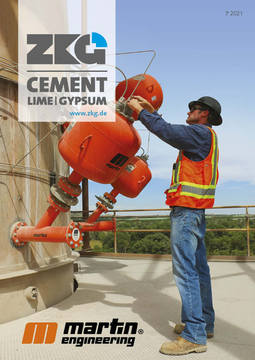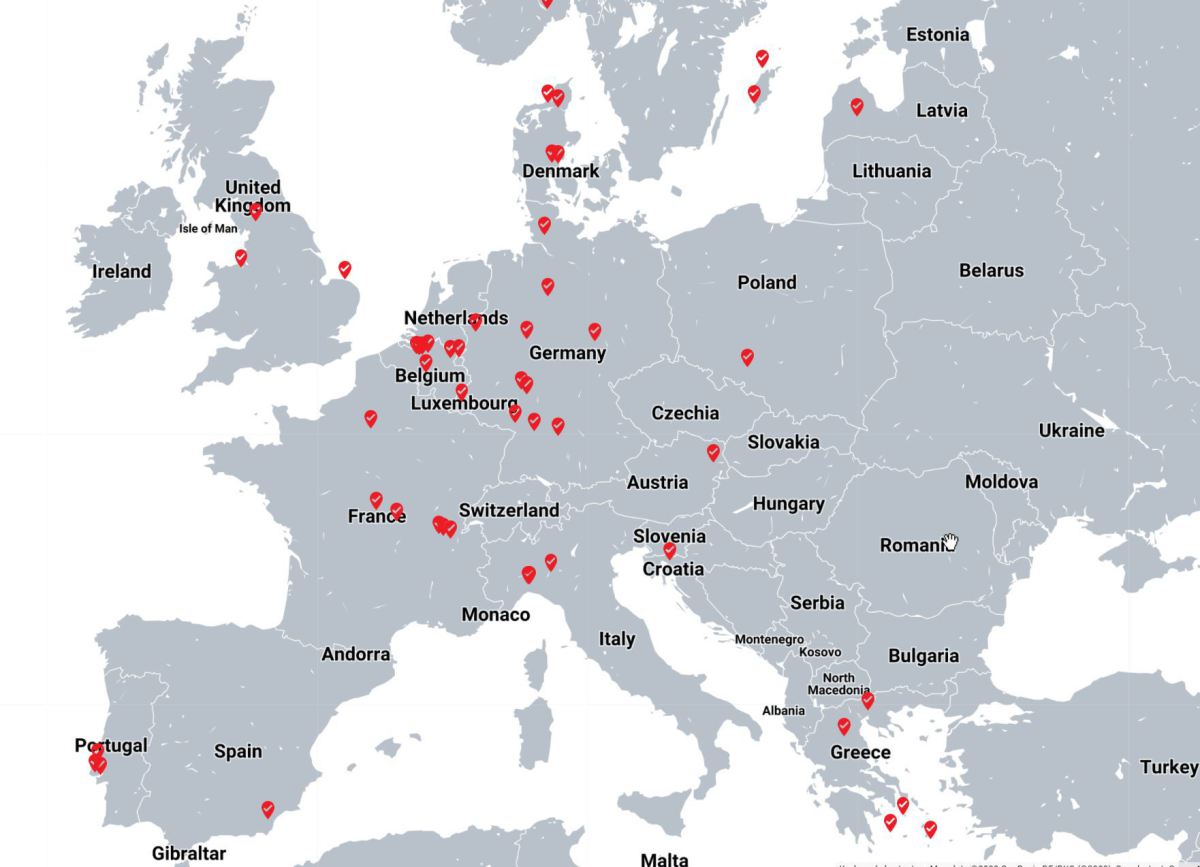Harmonised cement standards for the single market
Cembureau welcomes the opportunity to provide feedback on the Commission Standardisation Strategy Roadmap.
Cembureau recognises the value of the EU standardisation system for the well-functioning of the EU single market. The harmonised cement standard EN 197-1 has clearly supported the competitiveness of the EU cement industry both across the EU and internationally.
While setting international standards is critical for the EU’s competitiveness, Cembureau believes that standardisation issues intrinsic to the functioning of the EU internal market should be prioritised and tackled first, like e.g., addressing bottlenecks within the standardisation system, including procedural aspects and working on the delivery mechanisms to ensure speed and quality, and finding ways to incentivise coordination, efficiency and flexibility in the timely delivery of European standards. As per the roadmap, the European Commission seeks feedback particularly on the following items.
1 Whether the current European standardisation system is fit for purpose to support European strategic interests
As the non-paper of Member States1 referenced in the Commission’s roadmap states, the European standardisation system has proven a catalyst for competitiveness, innovation, and consumer safety in Europe, making European standards a global benchmark. The moment is crucial for the challenges the EU is facing with the recovery post-Covid and climate urgency. State-of-the-art standards are needed to facilitate innovation to respond to those challenges addressed in the European Green Deal and deliver on its goals.
The European cement sector is among the stakeholders that have been amongst those negatively affected by the blockage of the revision process of the cement standard EN 197-1 and, more largely, by the larger governance challenges in the standardisation process. For the cement sector, this has resulted in a delay in placing new lower carbon cements into the single market and Cembureau is regrettably compelled to explore an alternative route for developing the new standard, which has recently been published as the non-harmonised standard EN 197-5. The EU cement industry trusts that the gradual penetration of these lower carbon cements in the market will contribute to the decarbonisation of the construction value chain through 2050 and thereby deliver on the European Green Deal goals.
Notwithstanding the backlog of the revised harmonized European standards, Cembureau remains a strong supporter of the standardisation system as it is, which has the market-driven Construction Products Regulation for CE Marking as the main pillar for the construction sector.
Cembureau calls on:
Solutions in the short term to get the current system working again
Flexibility in the creation/revision of standards enabling the introduction of innovations
Accelerated time for implementation of new products
Clarification between legal aspects and technical specifications
Reinforced measures against unilateral actions by any Member State that run against the concept of an integrated internal market2
2 How the EU can leverage and promote global leadership in standards-setting
Cembureau has always praised the fact that the European cement standard EN 197-1 was the first harmonised standard in Europe. The technical specifications in EN 197-1 have been used not only in Europe but across the world in many cases for 30 years. The system as it is has thus proven to work, so Cembureau is of the opinion that improvement in the system could be achieved by adopting adjustments rather than by radical changes.
Additionally, Cembureau would like to stress its support to keeping the current two-track harmonisation system (the main standardisation route complemented by the EOTA route). Rather than industry experts opting out of the European standardisation system in favour of international standards, as the 17-MS non-paper claims, the European Technical Assessment (ETA) route represents an alternative for innovative and niche products to have access to the internal market and help the European construction sector compete on the international scene.3
3 Whether changes in governance and working methods are required to improve the performance of the European standardisation system
Cembureau agrees with the statement that the European standardisation system has to operate in an agile and efficient way to ensure that European and global standards are set in line with EU strategic interests and values the efforts of the European Commission that should balance between the development of solutions for the future of the regulation and take actions to get the current system working again.
In order to get the system running, Cembureau strongly supports CEN maintaining its current role in developing harmonised standards. What grants harmonised standards the presumption of reflecting the state of the art is the full representation of all stakeholders both at European and national level in the standardisation process, which is guaranteed by CEN.
Clients trust that manufacturers are compliant with the technical and performance requirements of their products placed in the internal market. To keep this trust, the construction products industry needs reliable and binding guidance for the content of harmonised standards. The Commission, together with CEN, should develop guidance for drafting harmonised standards, as it was already planned a few years ago4, with clear distinction of what is technical and only subject to marginal oversight by the European Commission, and what is legal, under full responsibility and control of the Commission. Legal issues should nevertheless not drive the standardisation process.
Cembureau holds the following positions for the good functioning of the system for construction products:
CEN should remain at the heart of the process as the only body to develop harmonised standards. All stakeholders are represented in CEN
Better cooperation and understanding between the European Commission and CEN are key, with clear distinctions between ‘legal’ (fully under EC responsibility) and ‘technical’ (fully under CEN/EOTA responsibility) requirements
Cembureau wishes to have the opportunity to have bilateral meetings with the Commission to express its views.


